Laser Engraver Air Purifiers Buying Guide [Must-Read]
“Studies show that laser engraving can release ultrafine particles and VOCs hundreds of times above safe levels if no air purifier is used.”
If you're operating a laser engraver, whether for hobby or business, you know the magic it creates.
But beneath the precision and creativity lies a critical, often overlooked aspect: air quality.
The fumes, dust, and microscopic particles generated during laser engraving aren't just an inconvenience – they pose real risks to your health, your equipment, and your workspace.
This comprehensive guide will equip you with the knowledge to select, implement, and maintain the perfect air purification system, ensuring a safe, clean, and productive engraving environment.
Why Air Purification is Crucial for Every Laser Engraver
Operating a laser engraver without proper air purification isn't just risky; it's detrimental.
Understand the immediate and long-term consequences of neglecting fume extraction.
The Hidden Dangers
Laser engraving vaporizes material, releasing a cocktail of harmful airborne contaminants.
Ignoring these puts everything at risk.
Health Risks (Respiratory, Eye Irritation, Long-term Effects)
Inhaling fumes or fine particles produced during laser engraving can cause immediate irritation to the eyes, throat, and lungs, as well as headaches and nausea.
Prolonged or repeated exposure may lead to serious respiratory problems such as asthma, bronchitis, or even an increased risk of certain cancers.
Remember — your health is non-negotiable.
Common Materials and Their Emitted Fumes During Laser Engraving
|
Material |
Main Emissions / Fumes |
Toxicity & Notes |
|
Natural Wood |
Carbon particles, formaldehyde, tar, carbon monoxide |
Irritating to eyes and lungs; safe with ventilation. Avoid plywood and MDF due to glue fumes. |
|
Plywood / MDF |
Formaldehyde, phenols, VOCs from adhesives |
Highly irritating; may contain carcinogens. Always ventilate well. |
|
Leather (Vegetable-Tanned) |
Organic vapors, smoke |
Generally safe with proper exhaust; moderate irritation possible. |
|
Leather (Chrome-Tanned) |
Chromium compounds (Cr⁶⁺), toxic fumes |
Do NOT engrave — hexavalent chromium is carcinogenic. |
|
Acrylic (PMMA) |
Methyl methacrylate (MMA) gas |
Strong odor, causes eye and throat irritation; non-lethal but unpleasant without exhaust. |
|
PVC / Vinyl |
Hydrogen chloride (HCl), chlorine gas |
Extremely toxic — corrosive to lungs and machine parts. Never engrave PVC. |
|
ABS Plastic |
Hydrogen cyanide (HCN), styrene |
Toxic and dangerous; avoid cutting or engraving. |
|
PET / PETG |
Minor VOCs, acetaldehyde |
Generally safe with ventilation; mild irritation possible. |
|
Delrin (POM) |
Formaldehyde gas |
Strong odor and irritant; only use with strong ventilation. |
|
Rubber |
Sulfur dioxide, VOCs |
Strong smell, irritating; not recommended. |
|
Painted / Coated Surfaces |
Lead oxide, benzene, toluene |
Potentially toxic; avoid. |
|
Fabric (Cotton, Felt) |
Carbon particles, smoke |
Generally safe; smoke can irritate lungs — use exhaust. |
How an Air Purifier for Laser Engravers Works
Effective air purification relies on a series of specialized filters, each targeting different types of contaminants.

1. Pre-Filters: Capturing Larger Particles
This is the first line of defense.
Pre-filters trap larger dust, debris, and particulate matter, preventing them from clogging subsequent, more expensive filters.
They extend the life of your HEPA and carbon filters.
2. HEPA Filters: Trapping Microscopic Particulates
High-Efficiency Particulate Air (HEPA) filters are engineered to capture 99.97% of airborne particles 0.3 microns or larger.
This includes fine dust, smoke, and micro-debris that are highly detrimental to lung health.
3. Activated Carbon Filters: Eliminating Odors and VOCs
Activated carbon (charcoal) filters are essential for adsorbing Volatile Organic Compounds (VOCs), hazardous gases, and noxious odors produced by various engraving materials.
They chemically bind these molecules, effectively neutralizing them.
4. Specialty Filters: Addressing Unique Material Byproducts
Some advanced systems offer specialized chemical filters tailored for specific, highly toxic byproducts from materials like PVC (which should generally be avoided with lasers due to chlorine gas production).
Airflow & CFM: Understanding the Power Behind the Purification
CFM, or Cubic Feet per Minute, measures the volume of air an extractor moves.
A higher CFM indicates a more powerful system, capable of rapidly drawing in and filtering fumes from your engraving area.
Matching the CFM to your laser's enclosure volume and material usage is critical for efficient and effective air purification.
Don't underestimate the importance of robust airflow.
Choosing the Right Laser Engraver Air Purifier: A Buyer's Guide
Selecting the optimal fume extractor requires careful consideration of your specific engraving practices and environment.
3 Factors to Consider Before You Buy
Your choice should align directly with your operational needs.
- Your Laser Engraver Type & Size (Diode, CO2, Fiber): Different lasers can produce varying fume characteristics. Larger lasers or enclosed systems require higher CFM and more robust filtration.
- Materials You'll Be Engraving (Wood, Acrylic, Metal, Leather, etc.): The specific materials dictate the types and quantities of fumes. Acrylic generates distinct VOCs, wood produces fine particulate, and some leathers create pungent odors.
- Workspace Size & Ventilation: A larger, open workshop might require higher CFM to maintain overall air quality, even with localized extraction.
3 Key Features to Look For
Prioritize features that enhance safety, efficiency, and ease of use.
- Filter Life: Easy-to-find, long-lasting, and affordable replacement filters are crucial for sustained operation.
- Airflow Capacity (CFM): Ensure the CFM rating is adequate for your laser's enclosure volume and the materials you're processing. Overestimate slightly rather than underestimate.
- Safety Certifications: Look for certifications like CE, UL, or CSA, indicating compliance with safety standards.
Top Recommendations & Popular Fume Extraction Units
Usually, we recommend purchasing an air filter from the same brand as your laser engraver.
It ensures better compatibility and saves you time compared with choosing a third-party option.
Of course, if you require stronger air filtration performance, you can choose a filter based on your specific workspace conditions and usage needs.
|
Scenario |
Airflow |
Filter Structure |
Features |
|
Home / Hobby Use |
100–250 CFM |
3-stage + Carbon |
Compact, quiet, easy to move. |
|
Studio / Educational Use |
250–400 CFM |
3-stage + Thick Carbon |
Continuous operation, strong odor removal. |
|
Small Workshop / Commercial |
400–800 CFM |
Multi-stage + Sensors |
Handles longer runtime and multiple machines. |
Frequently Asked Questions About Laser Engraver Air Purification
Get quick, assertive answers to the most common questions about keeping your laser workspace clean and safe.
Q1: Can I just use a regular air purifier
No.
Regular air purifiers lack the specialized multi-stage filtration and powerful airflow needed for laser engraving fumes.
Q2: How often do I need to change filters
This depends on usage and materials.
Pre-filters might need monthly replacement; HEPA/carbon filters typically last 3-12 months.
Q3: What are the most dangerous fumes from laser engraving
VOCs, fine particulate matter, and specific gases like formaldehyde from wood or acrolein from acrylic are highly hazardous.
Q4: Is DIY fume extraction safe
Only if properly engineered with appropriate multi-stage filtration and sufficient airflow.
Homemade solutions often fall short on safety and effectiveness.
Q5: What's the best CFM for my setup
Calculate your laser enclosure volume, then consult manufacturer guidelines.
A general rule is 100-200 CFM for smaller hobby lasers, much more for industrial units.
Conclusion
Running a laser engraver is an incredible experience, but it comes with responsibilities.
Ignoring air quality isn’t just cutting corners — it’s putting your health at risk, shortening your machine’s lifespan, and potentially harming those around you.
I hope this guide helps you explore the world of laser engraving safely and confidently.









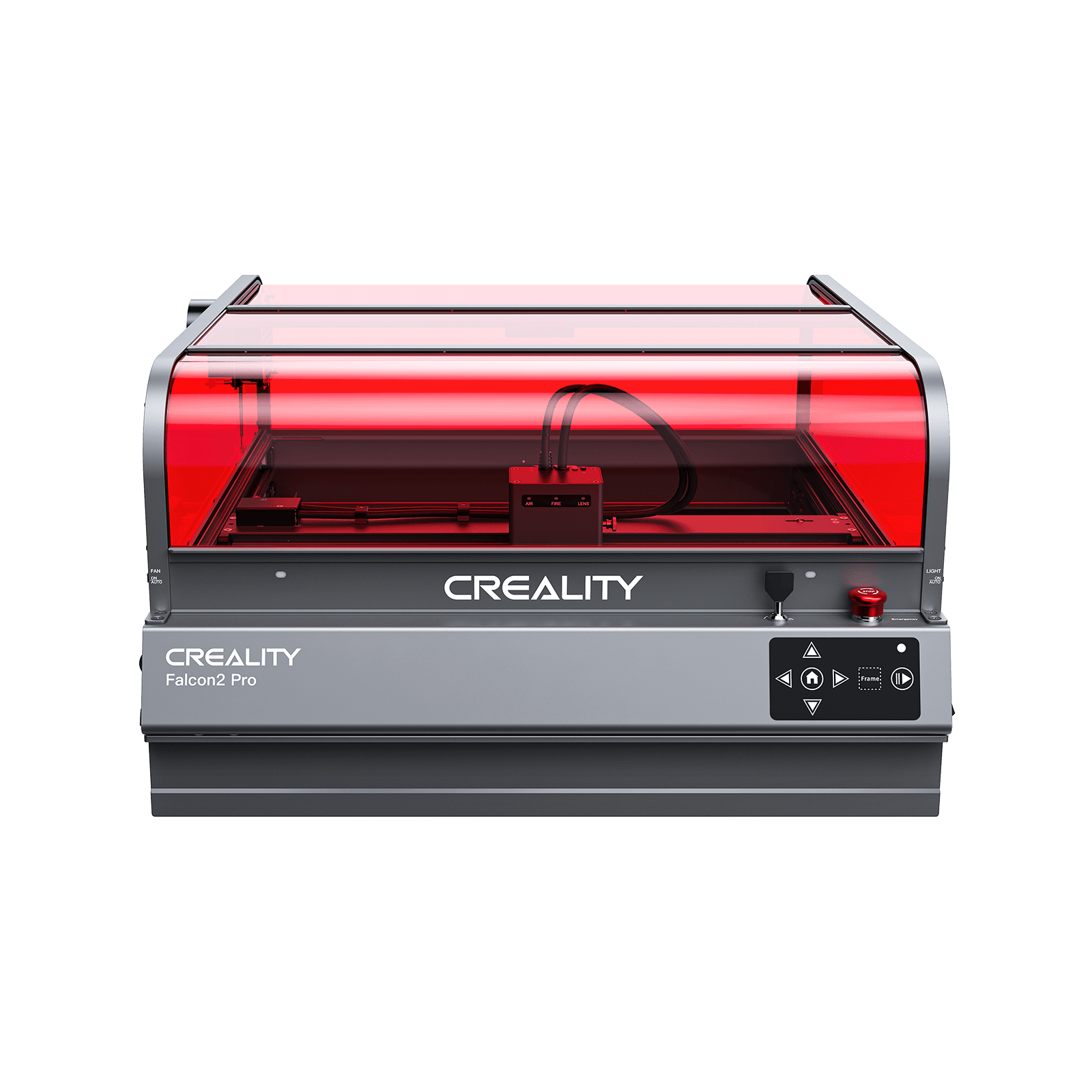






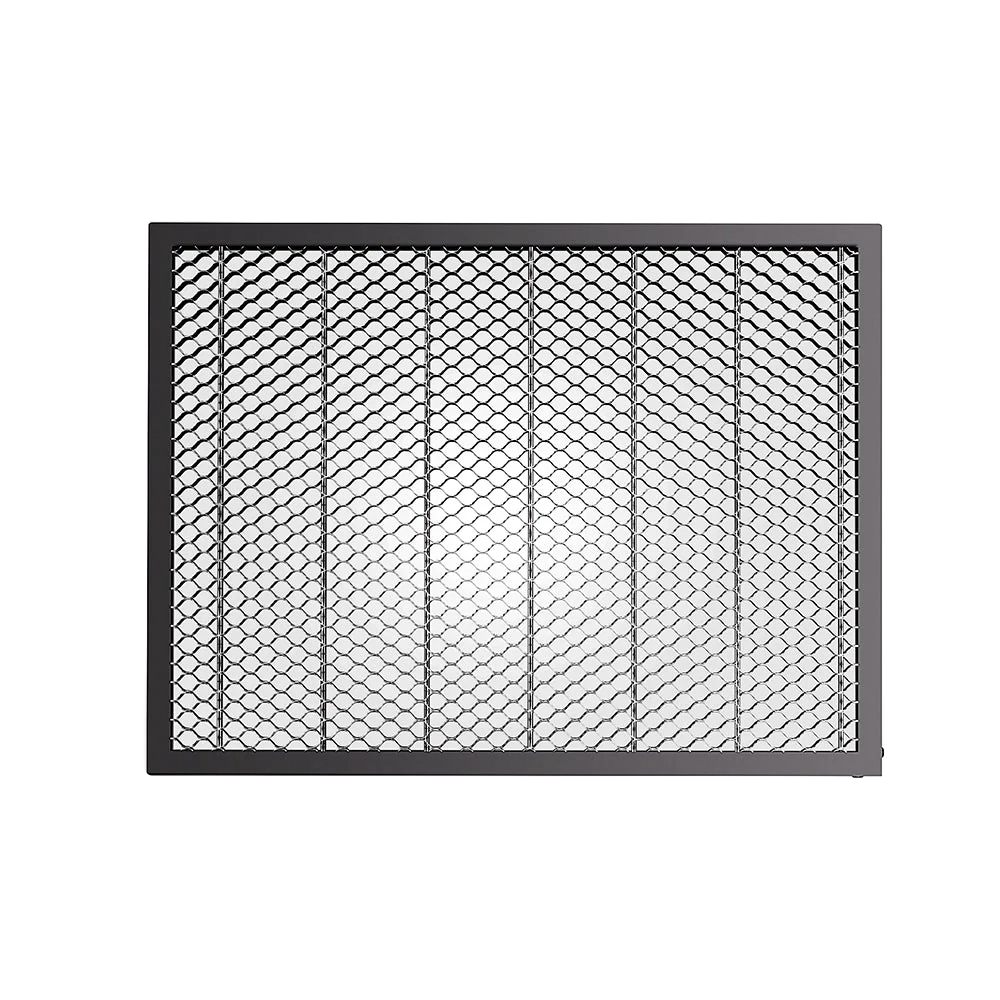







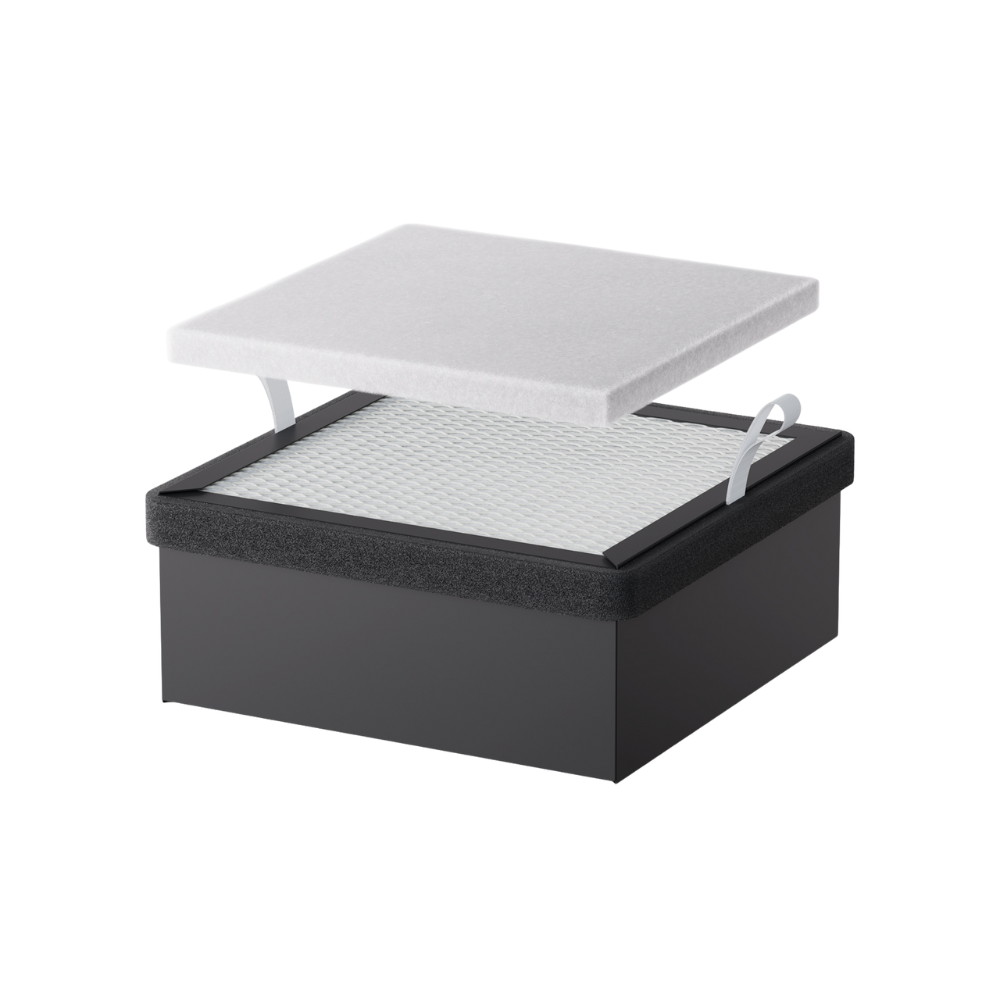







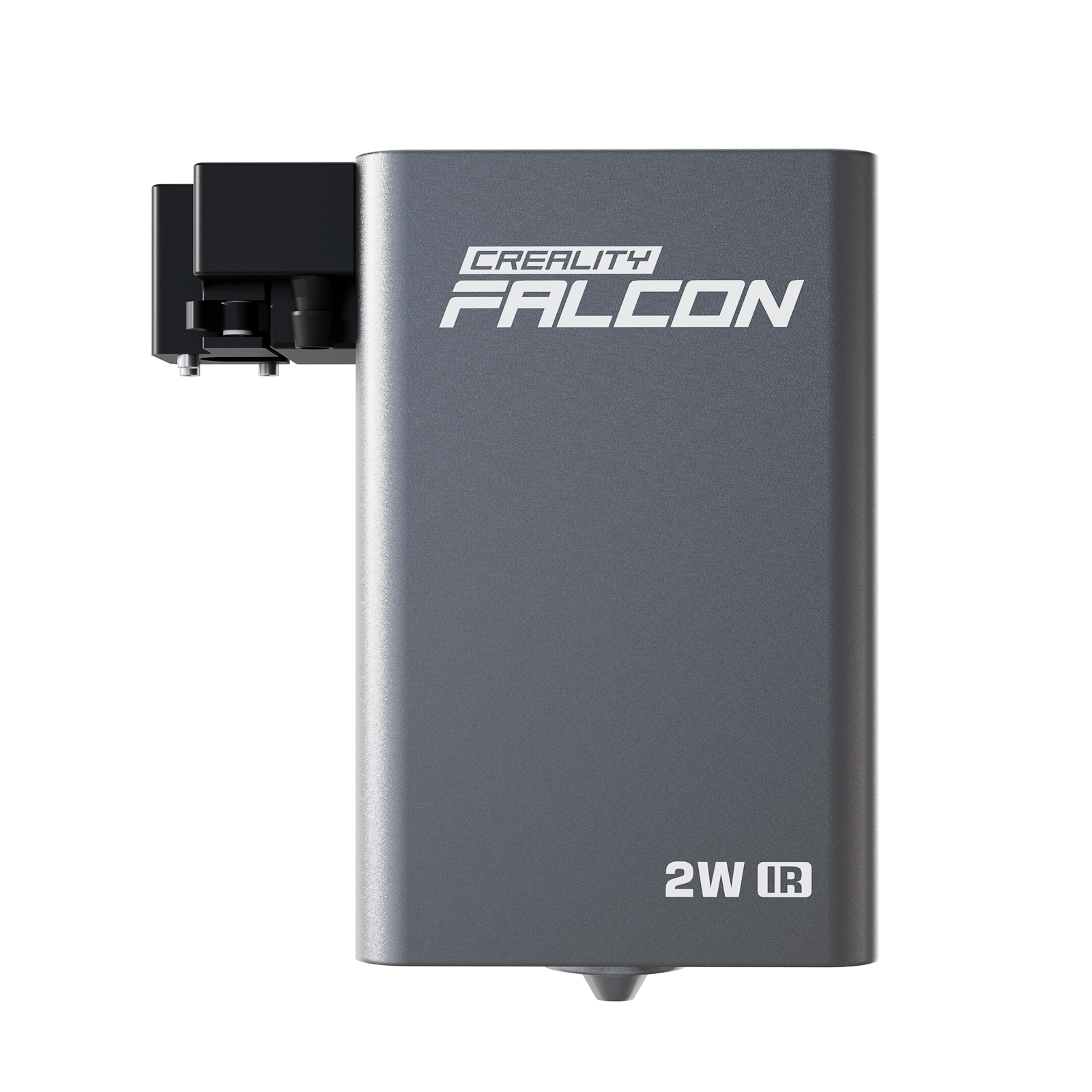


















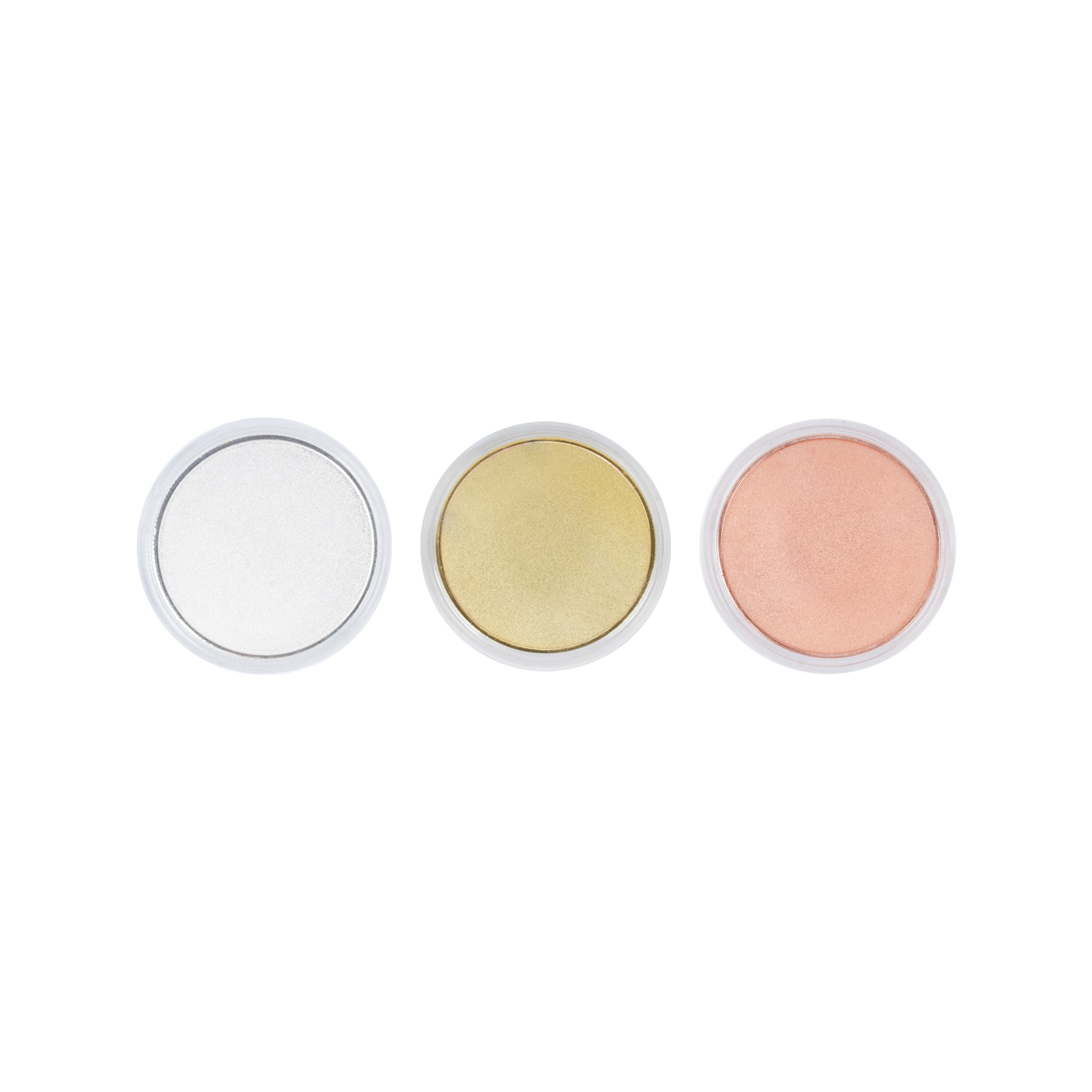
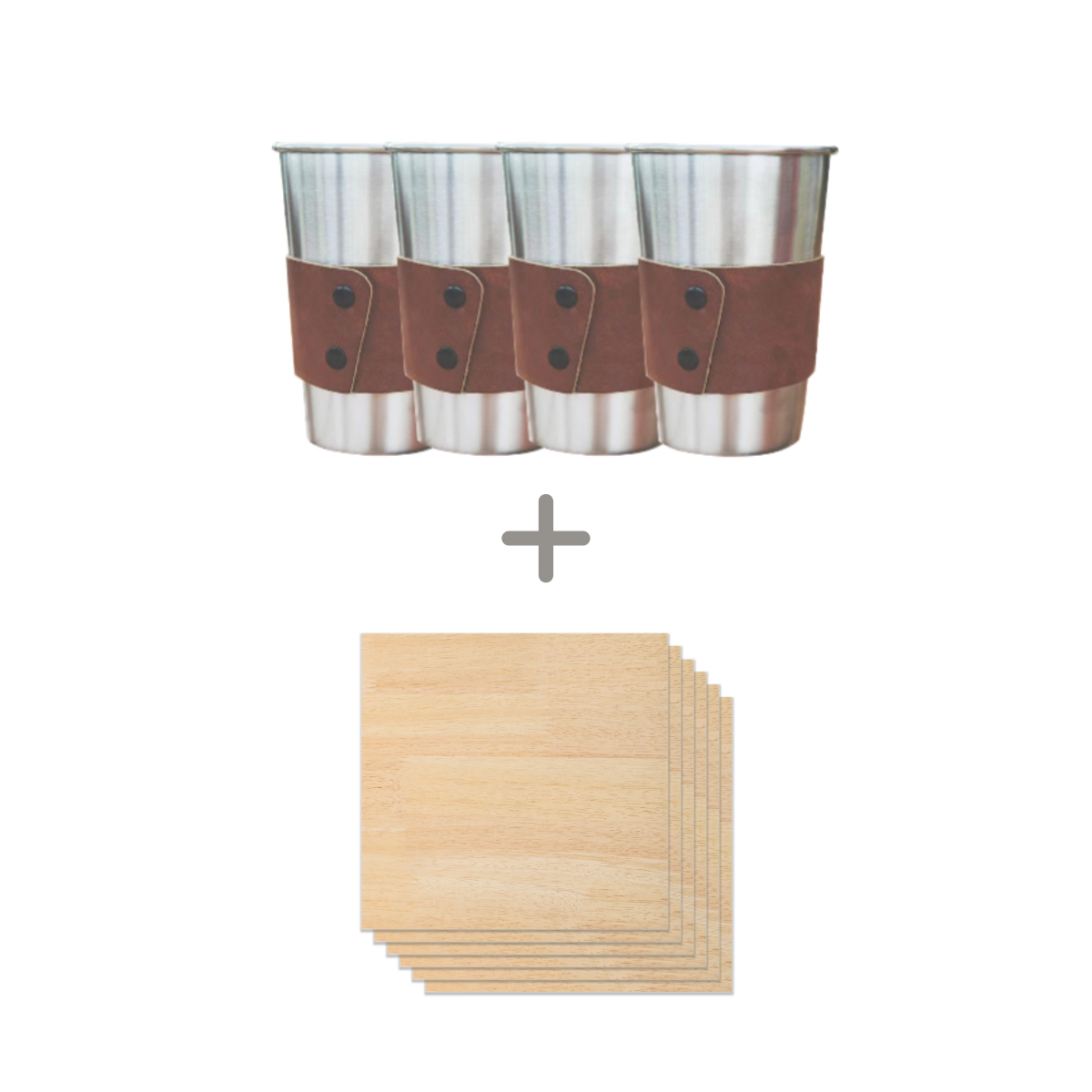



![Laser Engraver Air Purifiers Buying Guide [Must-Read]](http://www.crealityfalcon.com/cdn/shop/articles/cover-image-laser-engraver-air-purifier_1100x.webp?v=1760422495)

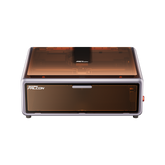

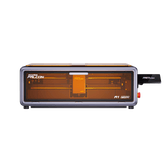
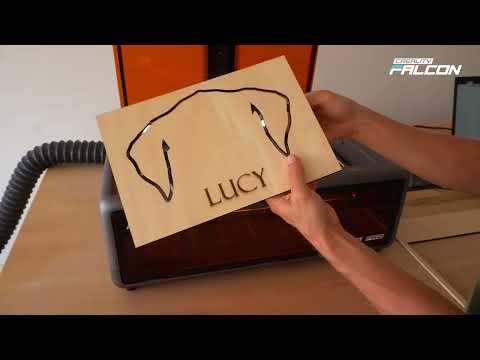
Leave a comment
Please note, comments need to be approved before they are published.